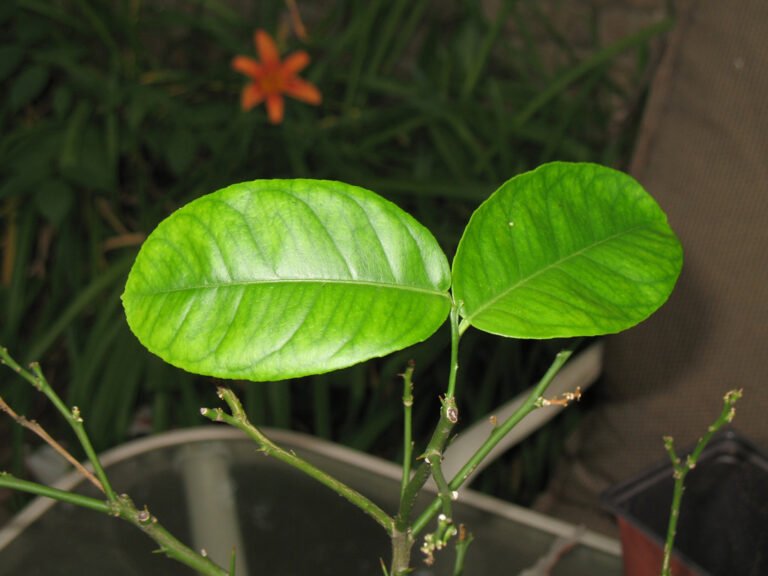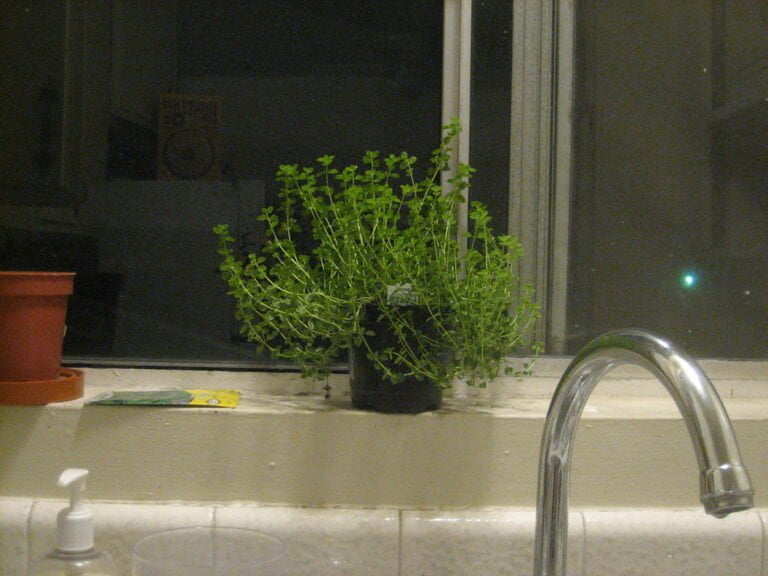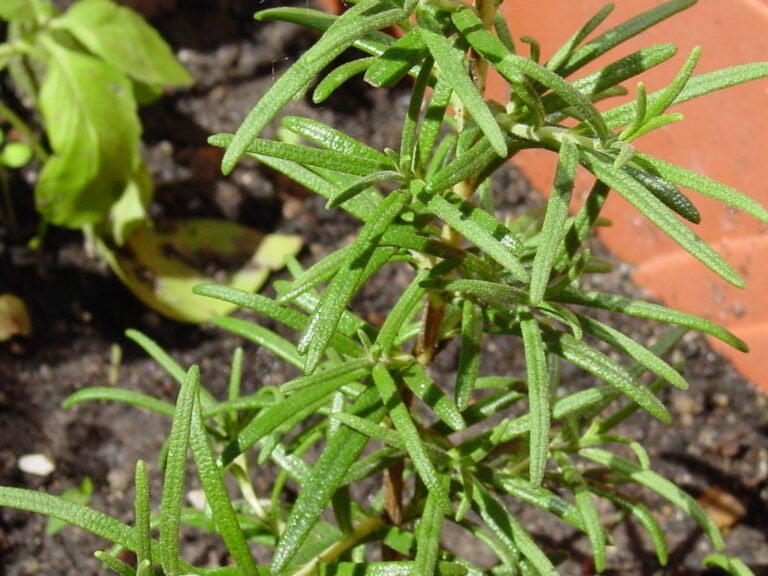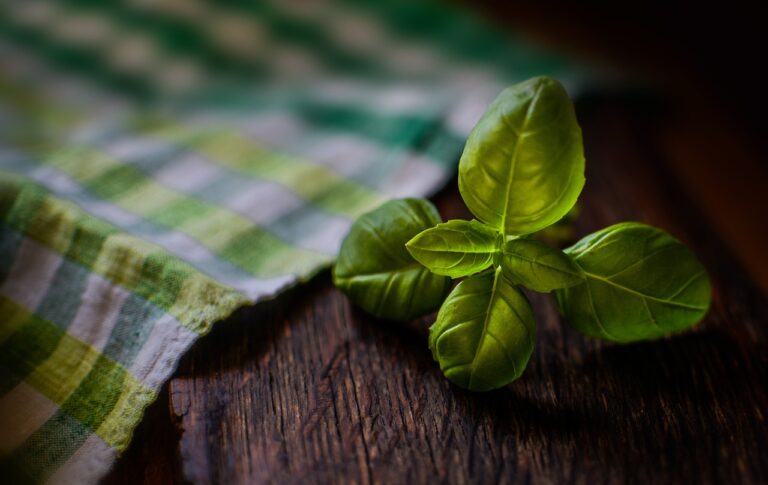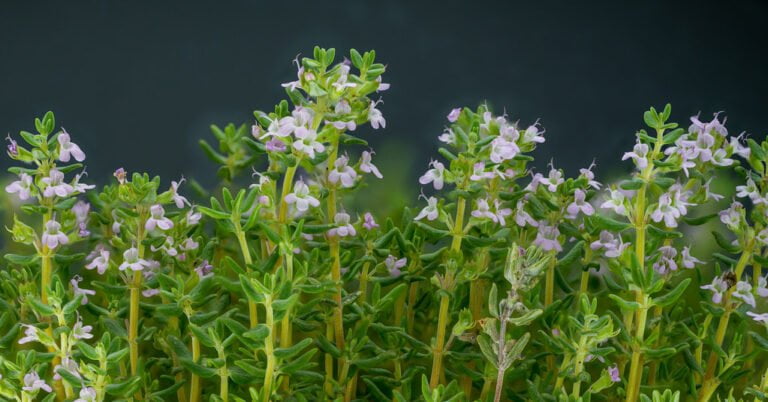Guide to Watering Mint Plants
Are you struggling to keep your mint plants healthy and thriving? Learn how to properly water your mint plants with this practical guide. Discover the importance of understanding their watering needs, choosing the right watering schedule, and ensuring proper drainage. Whether you have mint planted in containers or in the ground, we'll provide you with the best watering techniques and tips for hot and dry climates. Avoid common watering mistakes and serve your mint plants the care they deserve.
Understanding Mint's Watering Needs
To properly care for your mint plants, it is important to understand their watering needs. Mint plants thrive in moist soil, but they don't like to sit in waterlogged conditions. The key is to keep the soil consistently damp, but not overly saturated. A good rule of thumb is to water your mint plants when the top inch of soil feels dry to the touch. Be sure to water deeply, allowing the water to penetrate the root zone. However, avoid frequent shallow watering, as this can lead to shallow root growth. Remember, mint plants have shallow roots, so it's important to provide them with adequate moisture without drowning them. With proper watering, your mint plants will flourish and provide you with an abundance of fresh, fragrant leaves.
Choosing the Right Watering Schedule
When determining the appropriate watering schedule for your mint plants, consider the factors that influence their water needs. Mint plants require consistent moisture, but overwatering can lead to root rot and other problems. The frequency of watering will depend on various factors such as the climate, soil type, and the size of the plant. In general, mint plants should be watered when the top inch of soil feels dry to the touch. This usually translates to about once or twice a week in hot weather and every two to three weeks in cooler weather. However, it's important to monitor the moisture level in the soil and adjust the watering schedule accordingly. Remember, it's better to underwater than to overwater your mint plants.
The Importance of Proper Drainage
Proper drainage is crucial for maintaining healthy mint plants, as it helps prevent waterlogged soil and the potential for root rot. When planting mint, make sure to choose a location with well-draining soil. If your soil tends to retain water, consider adding organic matter or creating raised beds to improve drainage. Additionally, it is important to use pots or containers with drainage holes if you are growing mint indoors or in a limited space. These holes allow excess water to escape, preventing water from pooling at the bottom and potentially drowning the roots. Remember to check the drainage regularly and adjust if necessary. By ensuring proper drainage, you can avoid the risks of overwatering and provide a healthier environment for your mint plants to thrive.
How to Water Mint in Containers
For watering mint in containers, you should water the plants thoroughly until water drains out from the bottom. This ensures that the roots receive enough moisture without waterlogging the soil. Mint plants in containers have limited access to water, so it is crucial to water them correctly. Start by checking the top inch of soil and water only when it feels dry. Avoid overwatering, as it can lead to root rot and other problems. When watering, pour water slowly and evenly over the soil surface, allowing it to penetrate deeply. This encourages the roots to grow deeper, making the plants more resilient. Remember to water the plants early in the morning or late in the evening to minimize evaporation. With proper watering, your mint plants in containers will thrive and provide you with an abundance of fresh, flavorful leaves.
Watering Mint in the Ground
To properly water mint plants in the ground, ensure that the soil is moist but not waterlogged. Mint plants prefer consistently moist soil, so it's important to monitor the moisture levels regularly. During the growing season, water your mint plants deeply once or twice a week, providing enough water to penetrate the root zone. Avoid shallow watering, as it can encourage shallow root growth and make the plant more susceptible to drying out. When watering, direct the water at the base of the plants to avoid wetting the leaves, which can lead to disease. Mulching around the plants can help retain moisture and reduce the need for frequent watering. Remember, it's better to underwater than to overwater mint plants, as excessive moisture can lead to root rot and other issues.
Signs of Underwatering Mint Plants
Are your mint plants showing signs of underwatering? It's important to recognize these signs so you can take immediate action to save your plants. One of the first signs of underwatering is wilting leaves. When mint plants don't receive enough water, their leaves will start to droop and curl. Another sign is dry and brittle leaves. If the leaves feel crispy or break easily, it's a clear indication that your plants need more water. Additionally, yellowing leaves can also be a sign of underwatering. When the leaves turn yellow, it means that the plant is not getting enough moisture to support its growth. If you notice any of these signs, it's time to water your mint plants and provide them with the hydration they need to thrive.
Signs of Overwatering Mint Plants
If you notice your mint plants displaying signs of underwatering, it's important to be aware of the signs of overwatering as well. Overwatering can be just as detrimental to your mint plants as underwatering. One of the signs of overwatering is yellowing leaves. When the leaves turn yellow and become soft or mushy, it could be a sign that the roots are being suffocated due to excessive moisture. Another sign is wilting despite being adequately watered. If your mint plants appear droopy and wilted, even though you have been watering them regularly, it may be a sign that they are being overwatered. Additionally, if you notice mold or fungus growth on the soil surface, it could be an indication of excessive moisture. To prevent overwatering, make sure to water your mint plants only when the top inch of soil is dry to the touch.
Best Watering Techniques for Mint
To ensure optimal growth and health for your mint plants, it's essential to use the best watering techniques. Mint plants thrive in moist soil, but overwatering can lead to root rot and other problems. The key is to strike a balance. Water your mint plants deeply and thoroughly, but allow the soil to dry out slightly between waterings. This will encourage the roots to grow deeper and make the plants more resilient. When watering, aim to wet the soil evenly and avoid getting the leaves wet, as this can promote disease. Water in the early morning or late afternoon to minimize evaporation and give the plants enough time to dry before nightfall. Remember, consistency is key, so establish a regular watering schedule and stick to it. By following these best watering techniques, you'll help your mint plants thrive and enjoy a bountiful harvest.
Watering Tips for Hot and Dry Climates
For those living in hot and dry climates, maintaining the proper watering routine for mint plants is crucial to ensure their survival and productivity. Mint plants are particularly sensitive to drought conditions, so it's important to provide them with adequate moisture. Here are some watering tips to help you care for your mint plants in hot and dry climates:
- Water deeply: Instead of frequent shallow watering, give your mint plants a deep soak. This encourages the roots to grow deeper and helps the plants withstand dry spells.
- Mulch your plants: Apply a layer of organic mulch around your mint plants to help retain moisture in the soil. This will also help control weed growth and regulate the soil temperature.
- Water in the morning: Water your mint plants in the early morning to avoid evaporation due to the hot sun. This allows the plants to absorb the water before the heat of the day.
- Use drip irrigation: Consider using a drip irrigation system to deliver water directly to the base of the plants. This minimizes water loss through evaporation and ensures that the roots receive a consistent supply of water.
Common Watering Mistakes to Avoid
When watering mint plants in hot and dry climates, it is important to avoid common watering mistakes that can hinder their growth and health. One common mistake is overwatering. Mint plants prefer moist soil, but excessive watering can lead to root rot and other diseases. It is important to monitor the soil moisture and water only when necessary. Another mistake is underwatering. Mint plants require regular watering, especially in hot and dry climates. Make sure to water deeply and thoroughly to ensure the roots receive enough moisture. Additionally, avoid watering the leaves and stems, as this can lead to fungal diseases. Instead, focus on watering the base of the plant. Lastly, avoid using cold water, as it can shock the mint plants. Use room temperature water to prevent any damage. By avoiding these common watering mistakes, you can ensure the health and vitality of your mint plants.
Conclusion
In conclusion, understanding the watering needs of mint plants is crucial for their growth and health. By choosing the right watering schedule, ensuring proper drainage, and using the best watering techniques, you can help your mint thrive. It's also important to be aware of signs of overwatering and to avoid common watering mistakes. With these tips, you'll be able to keep your mint plants happy and flourishing, whether they're in containers or in the ground.

